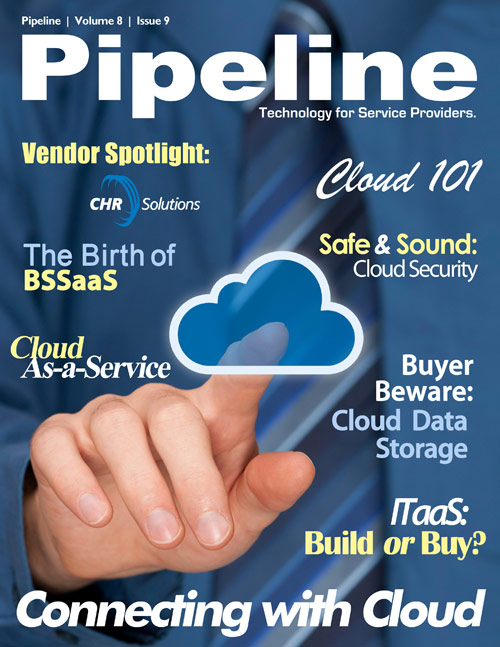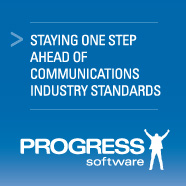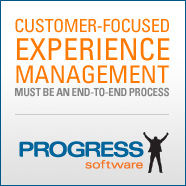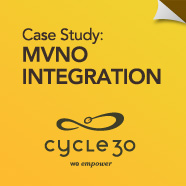Lucas Skoczkowski, CEO of converged billing specialist, Redknee (TSX:RKN), agrees that renewed investment in more agile, converged billing solutions offer CSPs a competitive advantage.
"Advances in technology, devices and next-generation services are opening a renewed opportunity for CSPs to segment the market, to carve out niche offerings, run targeted promotions and differentiate," Skoczkowski says. "Service providers need a new level of agility based on deep subscriber insight and real-time subscriber interaction."
The Problems with Billing Systems
Many CSPs today seem to be grappling with major billing transformation projects in a herculean attempt to meet customer expectations and combat escalating costs. But, silo'ed network and service growth—as well as third party content, network, and application providers—has in many cases led to silo'ed systems that have been cobbled together with home-grown mediation, a little bailing wire, and lots of duct tape. In many ways, billing has become everything cloud isn't: rigid, cumbersome, inflexible, high-maintenance, or particularly difficult to implement.
"In an effort to keep cost structures low and maximize operational efficiencies, i-wireless initially partnered with multiple external vendors to oversee its billing and rating platforms, information systems, back-office support and customer care operations," Tappel adds. "This organizational structure proved to be burdensome and costly, but also limited the company's ability to quickly and easily make changes to its rate plan offerings or loyalty initiatives in response to customer demand and changing dynamics in the marketplace. This concern facilitated the company's desire to pursue implementation of its own state-of-the art converged billing and rating solutions,"
Some of the common problems associated with many billing transformation projects are:
- Organizational Transformations: They can involve enormous, politically charged, cross-organizational transformation projects that are difficult and incredibly costly
- IT Encumbrance: They create an enormous IT burden to implement that require considerable infrastructure investments and take valuable resources away from areas of innovation
- Deployment Timeframe: They have incredibly long deployment time frames which extend the time to ROI
- Customizations: They require extensive customization to fit into CSPs unique environment calling for added professional services and system integration costs
- Maintenance costs: The ongoing maintenance requirement for the people, infrastructure, software licensing and maintenance continues to consume finite resources
That's not to say billing transformation projects are not worthwhile, create significant ROI, or that they are not right for CSPs. In fact, companies like Amdocs (NYSE:DOX) and Oracle (NASDAQ:ORCL) have made a perfectly good living managing these projects for some of the world's largest service providers and have had record growth as a result. The problem is, the costs are going up, not down. This poses a significant challenge for larger operators and may be a significant barrier for many smaller CSPs.
4 Underlying Market Drivers for Cloud-based BSS
#1 Cloud
Whether we're talking about the popularity of hosted (SaaS) solutions, the virtualization or sharing of computing resources, or the internet itself; cloud is a driver in its own right; largely because for what it is, and mostly because of what it isn't. Large enterprises are spending millions to develop their own data centers to enable private-cloud solutions and smaller enterprises need a scalable public-cloud solution that grows with their business. The rapid adoption of cloud-based solutions and the underlying value propositions they provide are driving the demand for billing to evolve











